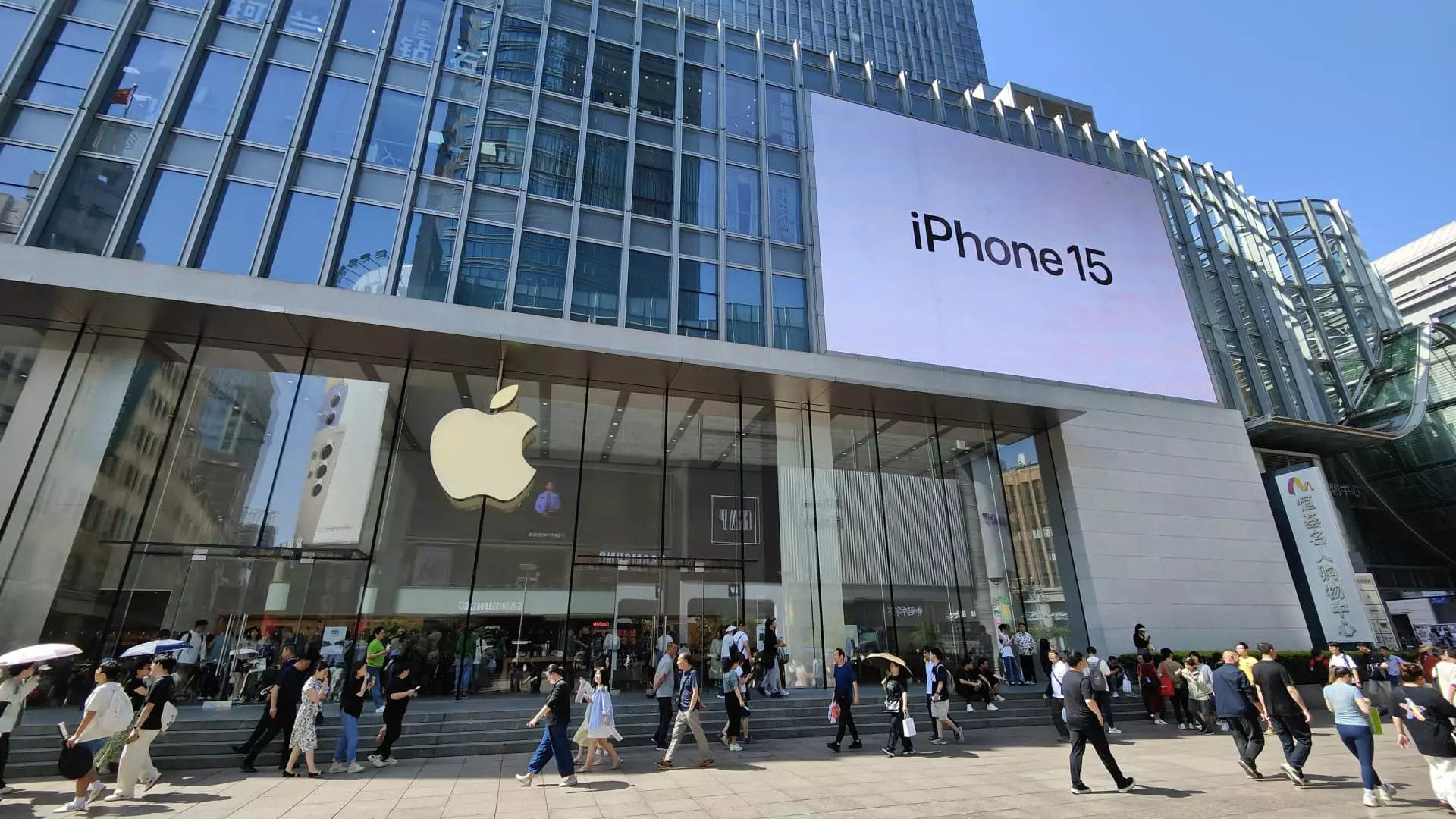Apple, once a dominant player in the Chinese smartphone market, has recently been edged out of the top five smartphone vendors list in the region. According to a report by Canalys, Apple’s market share in China saw a decline to 14% in the second quarter, down from 15% in the previous quarter and 16% a year ago. This marks a significant drop for the iPhone maker, which was previously ranked as the third-largest smartphone vendor in China.
The Canalys report also highlights a shift in the market dynamics, with domestic brands such as Huawei taking the lead. For the first time in history, all the top five positions in the smartphone vendors list in China are occupied by domestic brands. This change is attributed to Chinese vendors’ strategies for high-end products and their strong collaboration with local supply chains, leading to improved hardware and software features in their devices.
While domestic brands are thriving in the Chinese market, Apple is facing challenges, particularly in stabilizing retail prices and protecting the margins of its channel partners. The localization of Apple Intelligence services in China has been identified as a crucial move in the coming months, as Chinese brands are integrating generative AI into their products aggressively. This shift underscores the need for Apple to adapt and innovate in order to remain competitive in the Chinese market.
In the second quarter, Vivo reclaimed the top spot with a 19% market share and 13.1 million units shipped. Oppo maintained its second-place position with 11.3 million units, while Huawei spinoff Honor came in third with 10.7 million units shipped. Huawei itself secured the fourth position, followed by Xiaomi in fifth place. The strong performance of these brands reflects the dynamic nature of the Chinese smartphone market and the fierce competition among vendors.
Overall, the Chinese smartphone market witnessed a 10% year-on-year growth in the second quarter, with shipments surpassing 70 million units. This growth is driven by the continued innovation and product offerings from domestic brands, as well as the changing consumer preferences in the market. As the market continues to evolve, it will be interesting to see how international players like Apple navigate the competitive landscape and find new opportunities for growth in China.


Leave a Reply